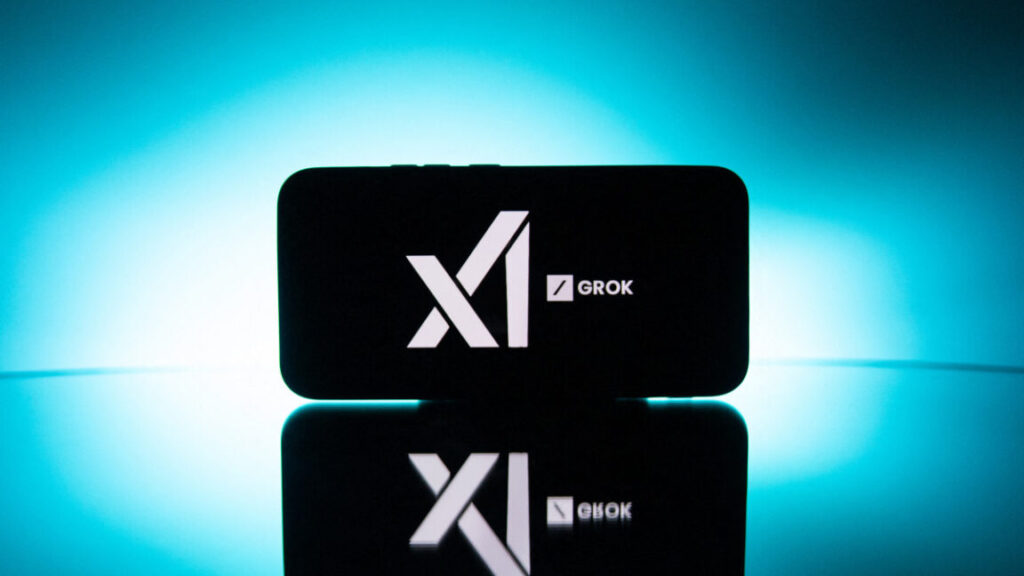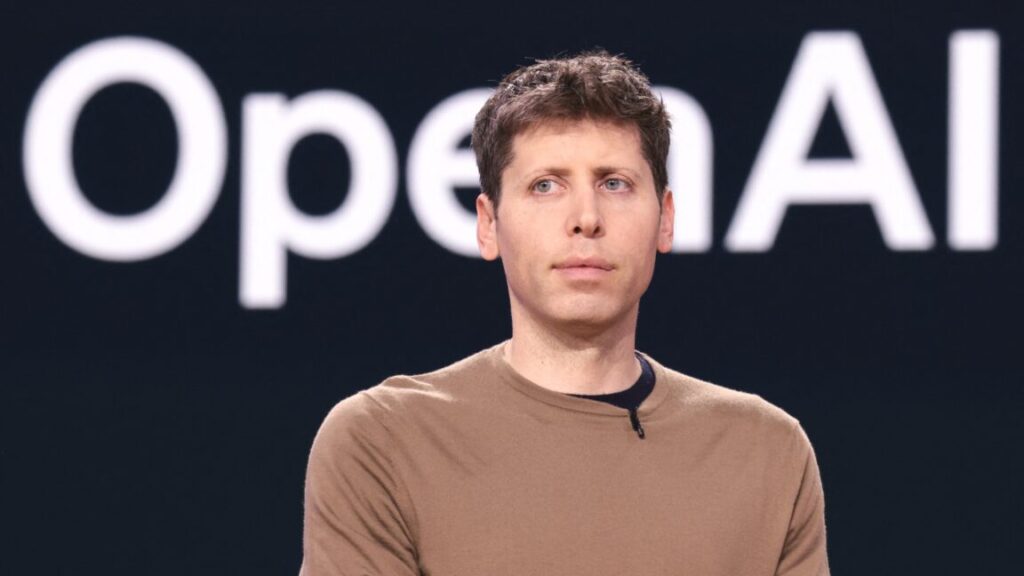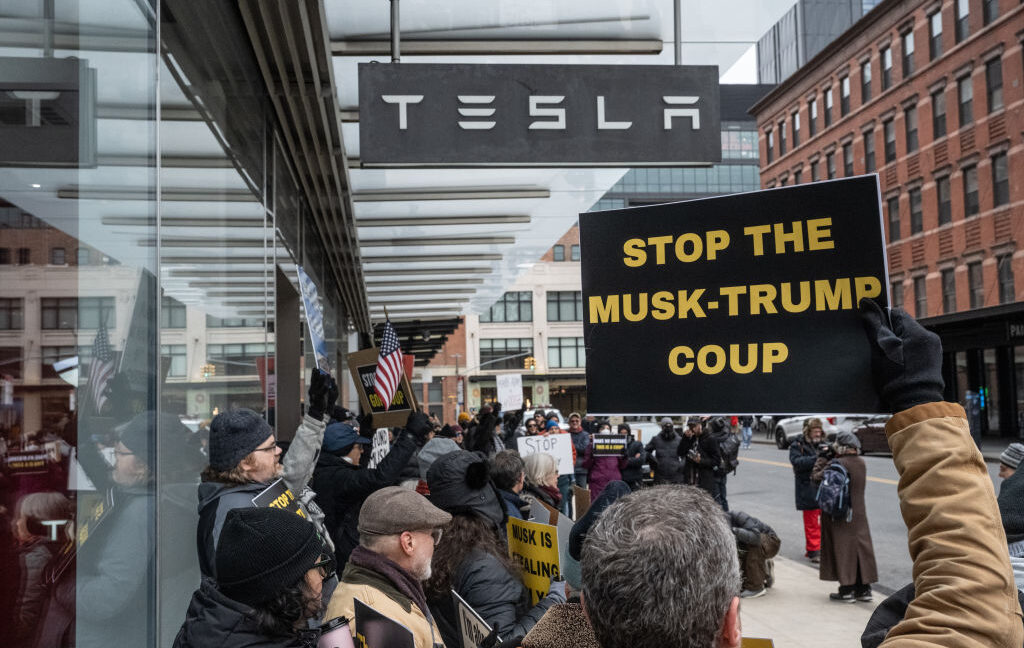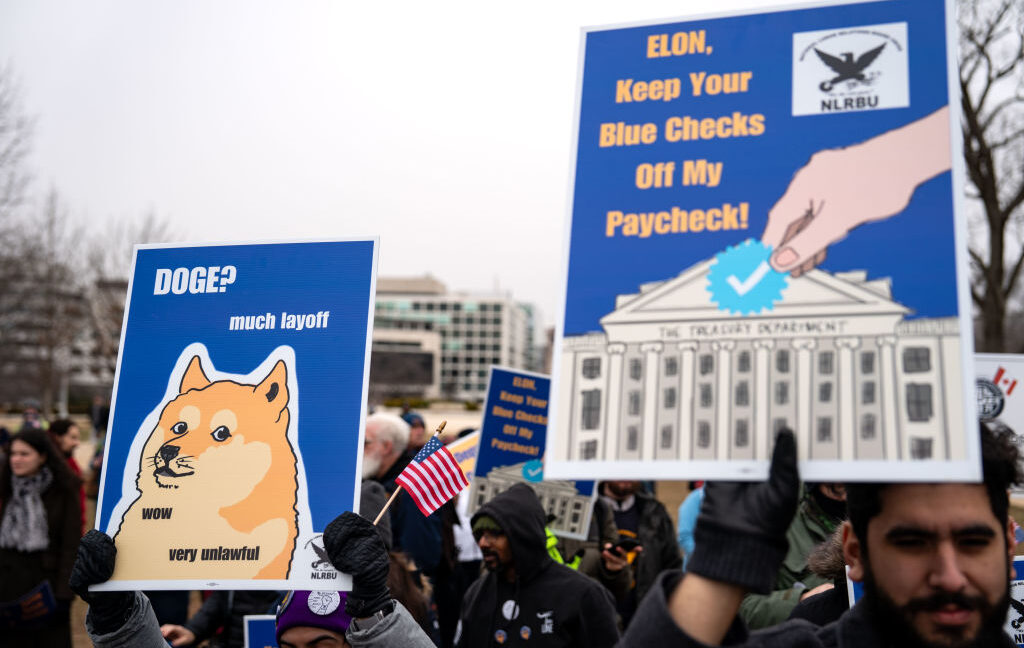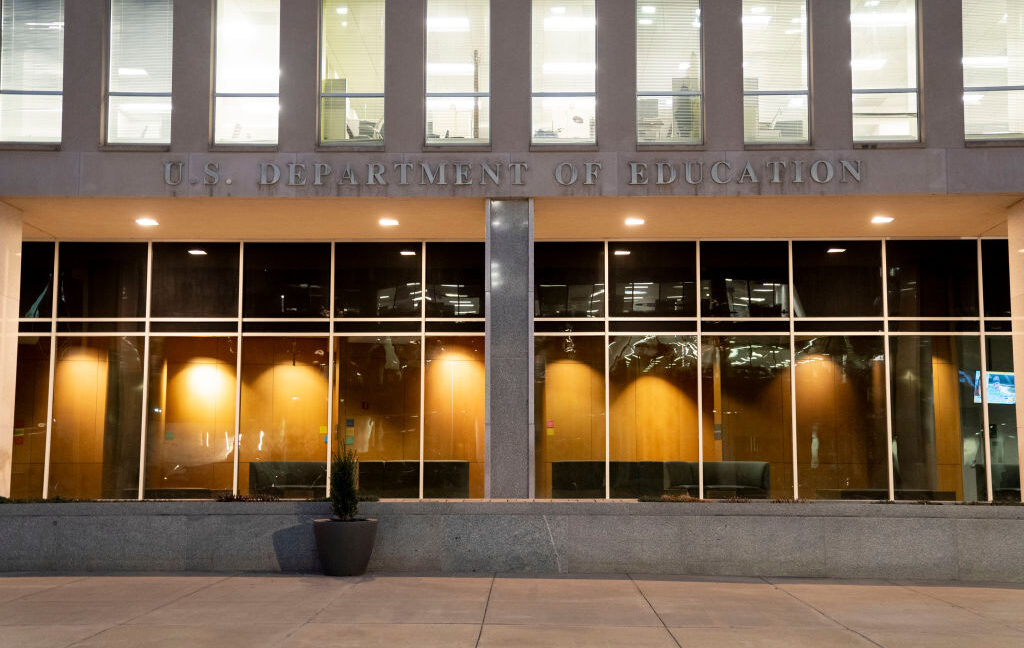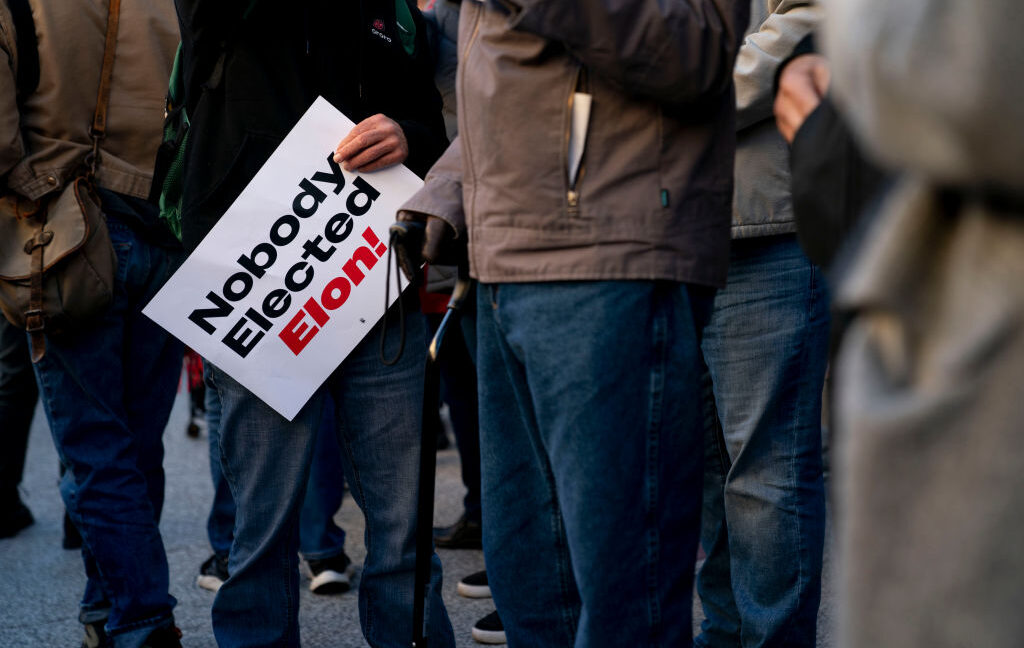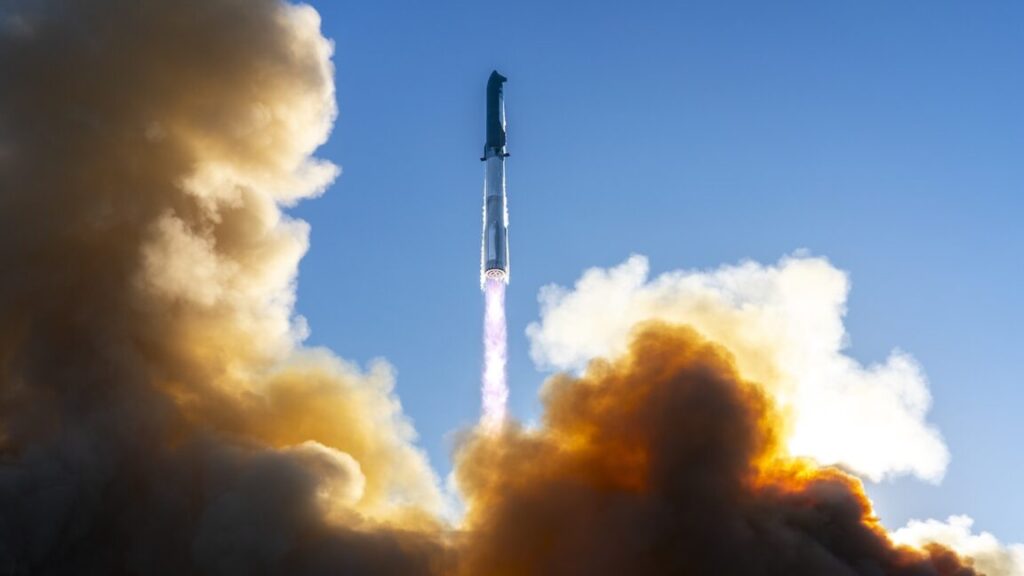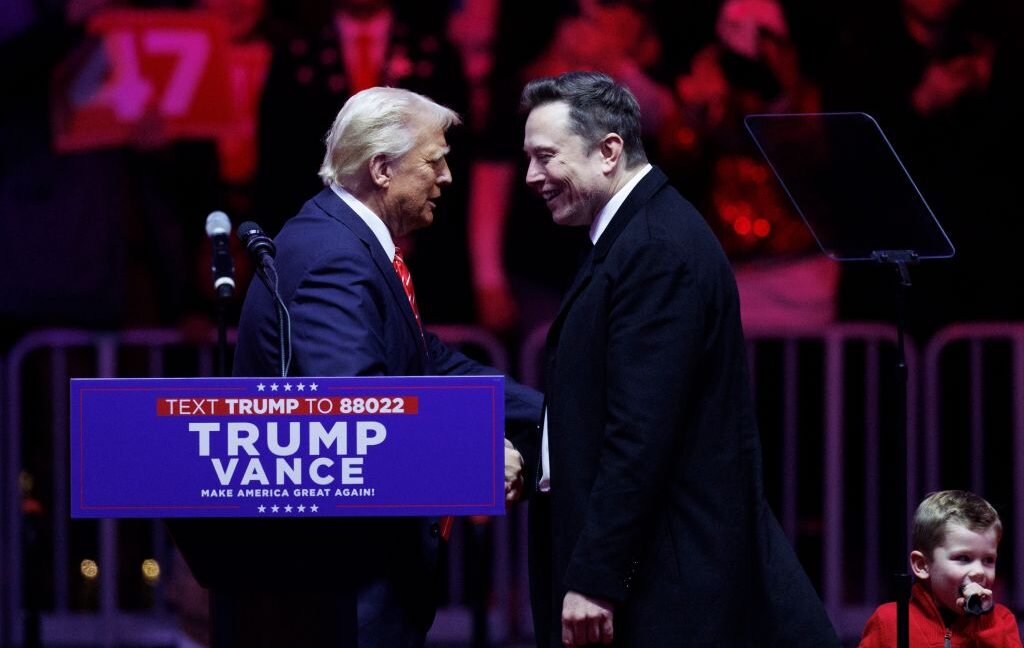Elon Musk to “fix” Community Notes after they contradict Trump
Elon Musk apparently no longer believes that crowdsourcing fact-checking through Community Notes can never be manipulated and is, thus, the best way to correct bad posts on his social media platform X.
Community Notes are supposed to be added to posts to limit misinformation spread after a broad consensus is reached among X users with diverse viewpoints on what corrections are needed. But Musk now claims a “fix” is needed to prevent supposedly outside influencers from allegedly gaming the system.
“Unfortunately, @CommunityNotes is increasingly being gamed by governments & legacy media,” Musk wrote on X. “Working to fix this.”
Musk’s announcement came after Community Notes were added to X posts discussing a poll generating favorable ratings for Ukraine President Volodymyr Zelenskyy. That poll was conducted by a private Ukrainian company in partnership with a state university whose supervisory board was appointed by the Ukrainian government, creating what Musk seems to view as a conflict of interest.
Although other independent polling recently documented a similar increase in Zelenskyy’s approval rating, NBC News reported, the specific poll cited in X notes contradicted Donald Trump’s claim that Zelenskyy is unpopular, and Musk seemed to expect X notes should instead be providing context to defend Trump’s viewpoint. Musk even suggested that by pointing to the supposedly government-linked poll in Community Notes, X users were spreading misinformation.
“It should be utterly obvious that a Zelensky[y]-controlled poll about his OWN approval is not credible!!” Musk wrote on X.
Musk’s attack on Community Notes is somewhat surprising. Although he has always maintained that Community Notes aren’t “perfect,” he has defended Community Notes through multiple European Union probes challenging their effectiveness and declared that the goal of the crowdsourcing effort was to make X “by far the best source of truth on Earth.” At CES 2025, X CEO Linda Yaccarino bragged that Community Notes are “good for the world.”
Yaccarino invited audience members to “think about it as this global collective consciousness keeping each other accountable at global scale in real time,” but just one month later, Musk is suddenly casting doubts on that characterization while the European Union continues to probe X.
Perhaps most significantly, Musk previously insisted as recently as last year that Community Notes could not be manipulated, even by Musk. He strongly disputed a 2024 report from the Center for Countering Digital Hate that claimed that toxic X users were downranking accurate notes that they personally disagreed with, claiming any attempt at gaming Community Notes would stick out like a “neon sore thumb.”
Elon Musk to “fix” Community Notes after they contradict Trump Read More »

